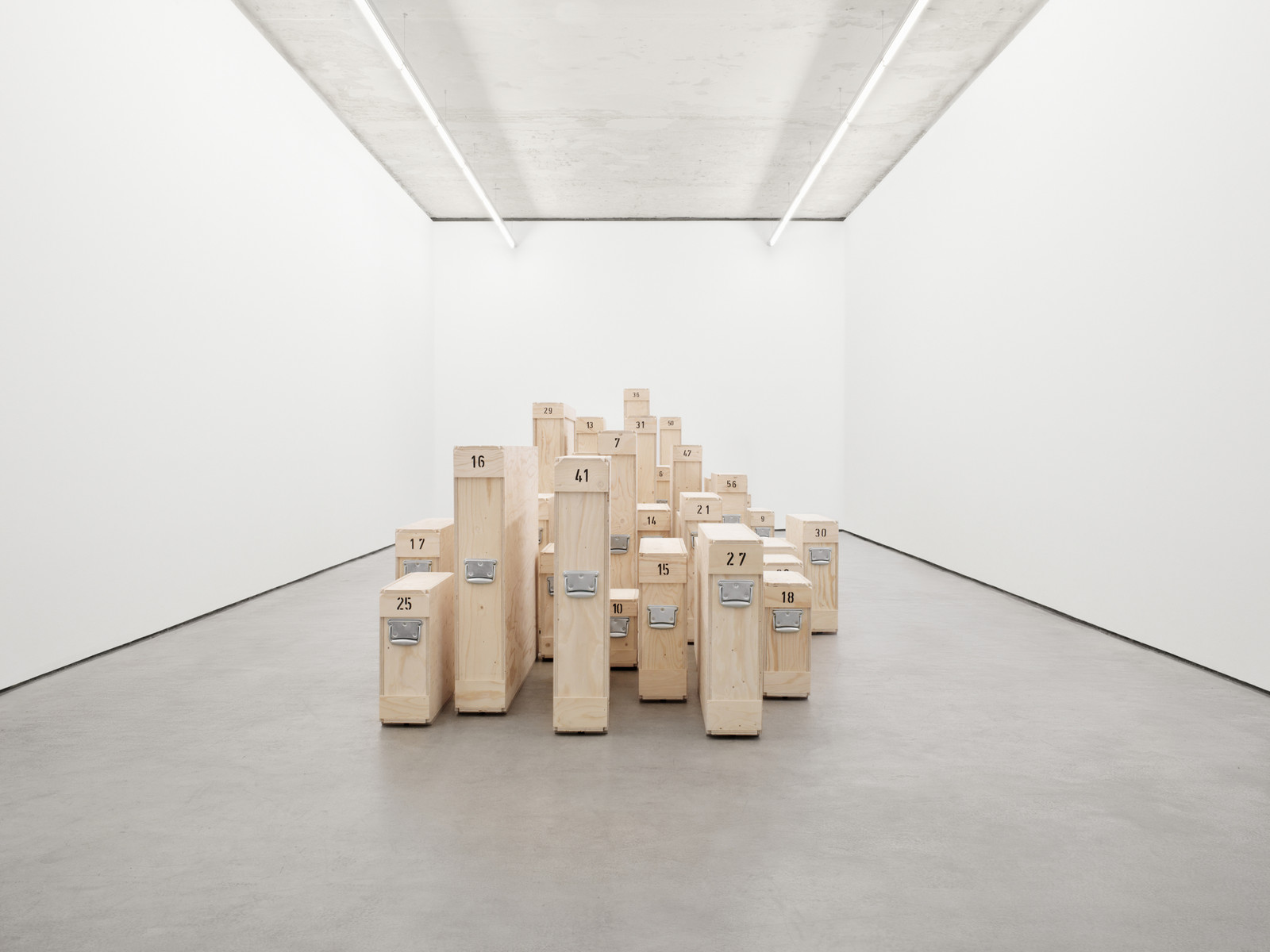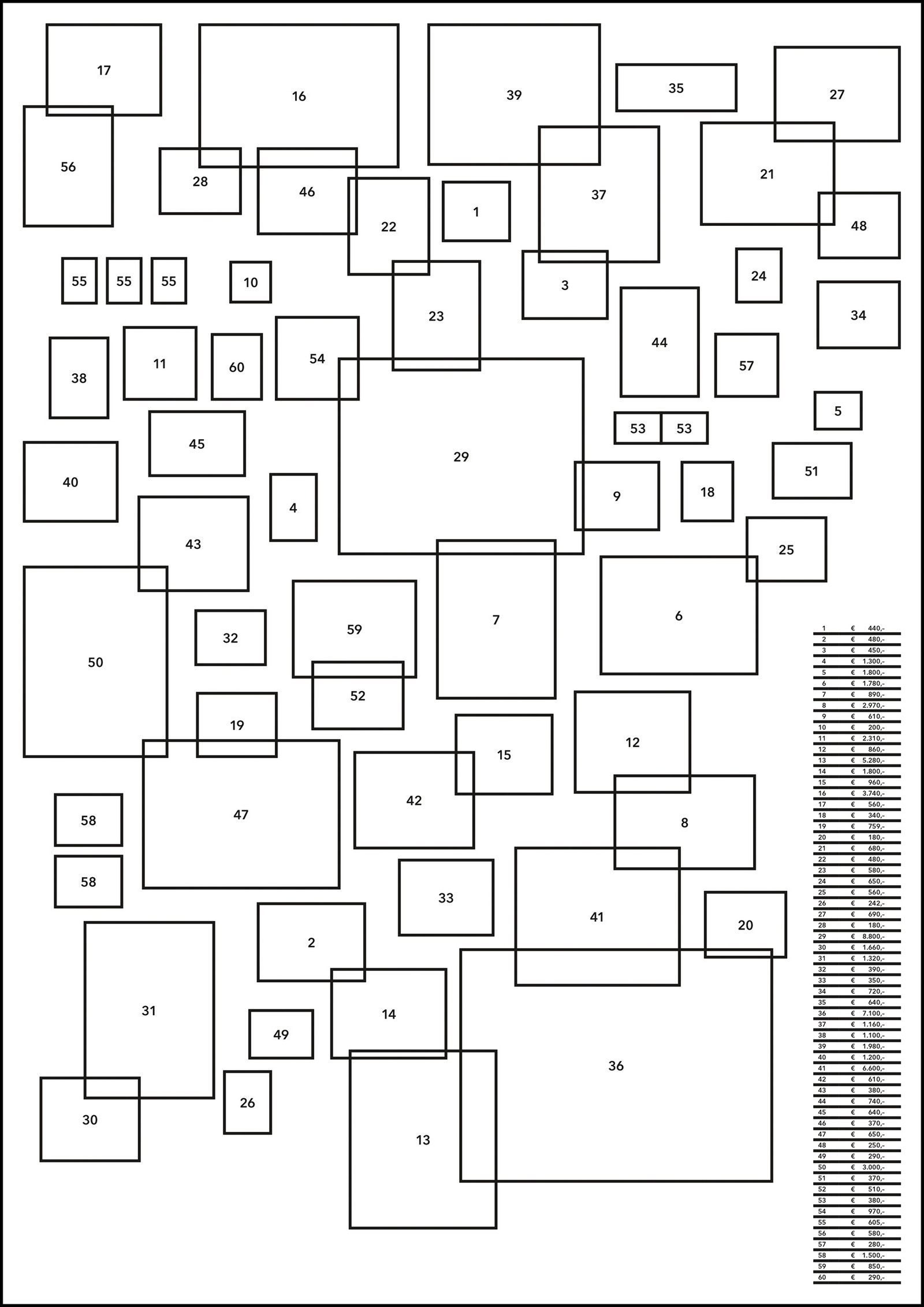This privacy policy informs you about how your personal data is processed when you visit this website. Your data is processed exclusively on the basis of the legal provisions (DSGVO).
The responsible party pursuant to Art. 4 Z 7 of the General Data Protection Regulation (Regulation (EU) 2016/679 of the European Parliament and of the Council of April 27, 2016 on the protection of individuals regarding the processing of personal data, on the free movement of such data and repealing Directive 95/46/EC - DSGVO) for this website is:
When you visit this website, access data is stored in so-called web server log files. The following data is recorded:
- Date and time of access
- Directory protection user
- Logs
- Referrer
- Accessed website
- Amount of data transferred
- Status code
- User Agent
- Retrieved hostname
- IP address
Your IP address is only collected and stored in abbreviated form. This is done in anonymized form by removing the last three digits. As a result, your full IP address never appears, and it is not possible to access it.
Purpose of data processing
The processing of this data is necessary for technical reasons. In addition, accesses to this website are statistically evaluated to further improve the offer on the website and make it more user-friendly, to find and correct errors more quickly and to control server capacities. Only if there is any concrete indication of the website being used illegally, this data in personal form will be used for the purpose of legal prosecution.
Legal basis
The legal basis for processing access data is the legitimate interest of the responsible person pursuant to Art. 6 para 1 lit. f DSGVO. Furthermore, it is necessary to collect this data for technical reasons in order to display the contents of this website to you. It is impossible to use the website if your IP address is not provided.
Storage period
The anonymized information on username and IP address is stored for a maximum of 60 days. Error logs, which record faulty page requests, are deleted after seven days. In addition to the error messages, these contain the accessing IP address and, depending on the error, the website called up.
3. Cookies
3.1 Technical/Functional cookies
Cookies are small text files that enable recognition of the user and analysis of your use of this website. When you visit this website, only such technical cookies are set as are necessary to operate the website or to provide a service that has been expressly requested by you.
To avoid the setting of cookies in general, you must set your browser to create or reject them only with your consent. However, it should be noted that if cookies are not set areas of the website may be restricted or not usable at all.
We set the following technical/functional cookies:
Name | Description | Storage period |
cookieconsent_status | Indicates whether the user has allowed cookies to be stored (allow/deny). If the user clicks on “Allow”, the Google Analytics cookies are set. If the user clicks on “Do not allow”, the cookie “a-disable” will be set. | 1 year |
ga-disable | Set when the user clicks on “Do not allow” in the cookie banner. | 1 year |
Legal basis
The legal basis for setting the technical/functional cookies is the legitimate interest of the responsible party pursuant to Art. 6 para 1 lit. f DSGVO. These cookies ensure that this website, respectively the service, functions properly. Thus, without these cookies, this website cannot be used as intended. This type of cookie is used exclusively by the operator of the website (first party cookies) and all information stored in the cookies is sent only to this website.
3.2 Performance cookies
Performance cookies collect information about how this website is used. These cookies help to determine whether and which sub-pages of this website are visited and in which content the users are particularly interested. The information collected includes the number of times a page is accessed, the number of sub-pages accessed, the time spent on the website, the order of the pages visited, which search terms led users to this page, the country, region and, if applicable, the city from which access is made, as well as the proportion of mobile devices accessing these websites.
The following web analytics service is used on this website:
3.3 Google Analytics
Google Ireland Limited, Gordon House, Barrow Street, Dublin 4, Ireland (“Google”) uses cookies within the scope of the Google Analytics web analysis service, which enable your use of the website to be analyzed. The data can be used to create usage profiles under a pseudonym. The cookies make it possible to recognize your browser. However, the data collected will not be used to identify you personally and will not be merged with your personal data.
The following cookies are set and used:
Name | Description | Storage period |
_ga — Google | Website Analytics | 2 years |
_gat — Google | Website Analytics | 1 minute |
_gid — Google | Website Analytics | 24 hours |
Google will use this data on behalf of the responsible party for the purpose of evaluating your use of the website, compiling reports on website activity and providing other services relating to website activity and internet usage to the responsible party.
The data processing associated with analyzes of website use and carried out by Google serves the common purpose of optimally adapting the website to the needs and wishes of the users.
Google reserves the right to process the data on servers in the USA and in this respect applies the EU standard contractual clauses, which are intended to guarantee an appropriate level of data protection. There is currently no adequate level of data protection in the USA: There, the authorities can access your data without any legal remedies that can be pursued in court. Since US authorities are not bound by the EU standard contractual clauses, we obtain your consent to data processing in the USA via the cookie banner. Thus, the processing is based on your consent pursuant to Art. 6 para 1 lit. a DSGVO.
To ensure anonymized collection of IP addresses, the source code of Google Analytics has been extended with the code “anonymizeIP”. The IP addresses are thus only processed in abbreviated form to exclude any personal reference. The IP address transmitted by your browser as part of Google Analytics is not merged with other Google data.
You can prevent the collection by Google of data generated by the cookie and related to your use of the website (including your IP address), as well as the processing of this data by Google, not only through your browser settings, but also by downloading and installing the browser plug-in available through the following link: https://tools.google.com/dlpage/gaoptout?hl=en
Clicking this link sets an opt-out cookie that prevents your data from being collected by Google. Do not delete the respective opt-out cookie as long as you wish to maintain your objection. For more information on Google’s terms of use and privacy policy, please visit the following links:
marketingplatform.google.com/about/analytics/terms/de
policies.google.com/privacy
4. Third party providers
This website contains links to other websites over whose content and data processing the responsible party has no influence. He therefore accepts no responsibility for these contents. The respective provider of the linked website is solely responsible for the data protection information, the content and the accuracy of the information provided there.
4.1 YouTube
YouTube videos are integrated into this website. YouTube is operated by Google LLC, 1600 Amphitheatre Parkway, Mountain View, CA 94043, USA. Data is only transmitted when you play the videos. You can find notes and information on data protection at YouTube in Google’s privacy policy: https://policies.google.com/privacy?hl=en&gl=en
4.2 Instagram
You can access Instagram via this website. Its functions are provided by Instagram Inc, 1601 Willow Road, Menlo Park, CA, 94025, USA, and integrated. If you are logged into your Instagram account, you can link the content of this website to your Instagram profile by clicking on the Instagram button. This allows Instagram to associate your visit to this website with your user account. It is pointed out that the party responsible for this website has no knowledge of the content of the transmitted data or its use by Instagram. You can find out more about the privacy policy on Instagram at: https://www.instagram.com.
5. Your rights
If you are of the opinion that this website violates Austrian or European law when processing your data, please contact info@eggenberger.studio to clarify any issues. Of course, you also have the right to complain to the Austrian data protection authority or to a supervisory authority within the EU.
read less


